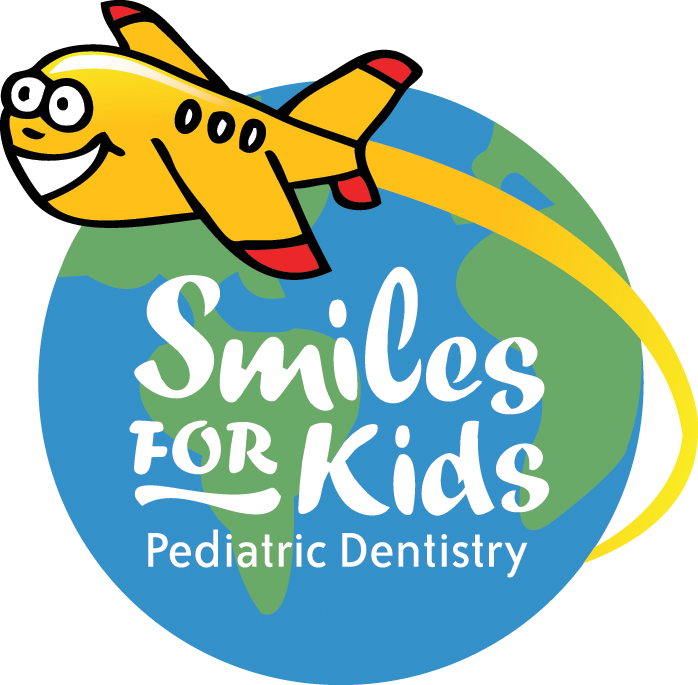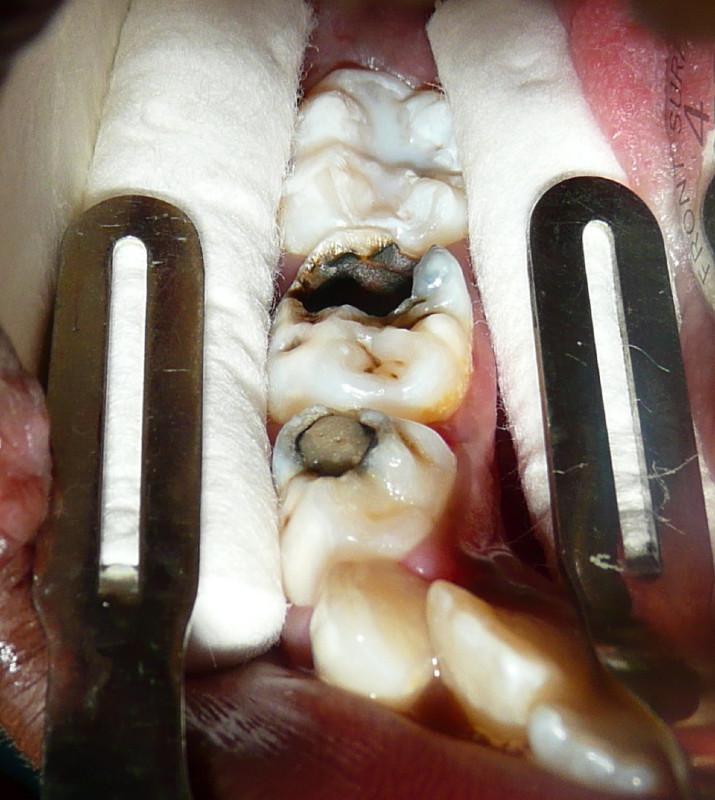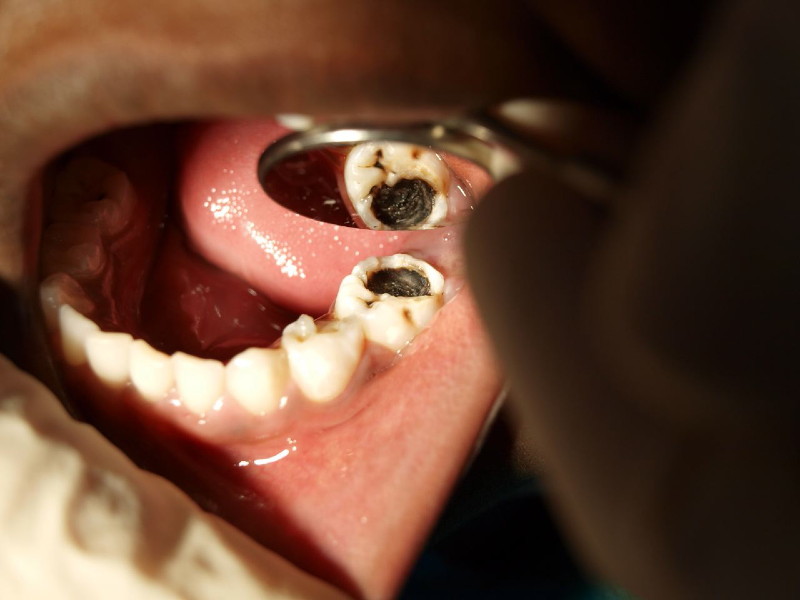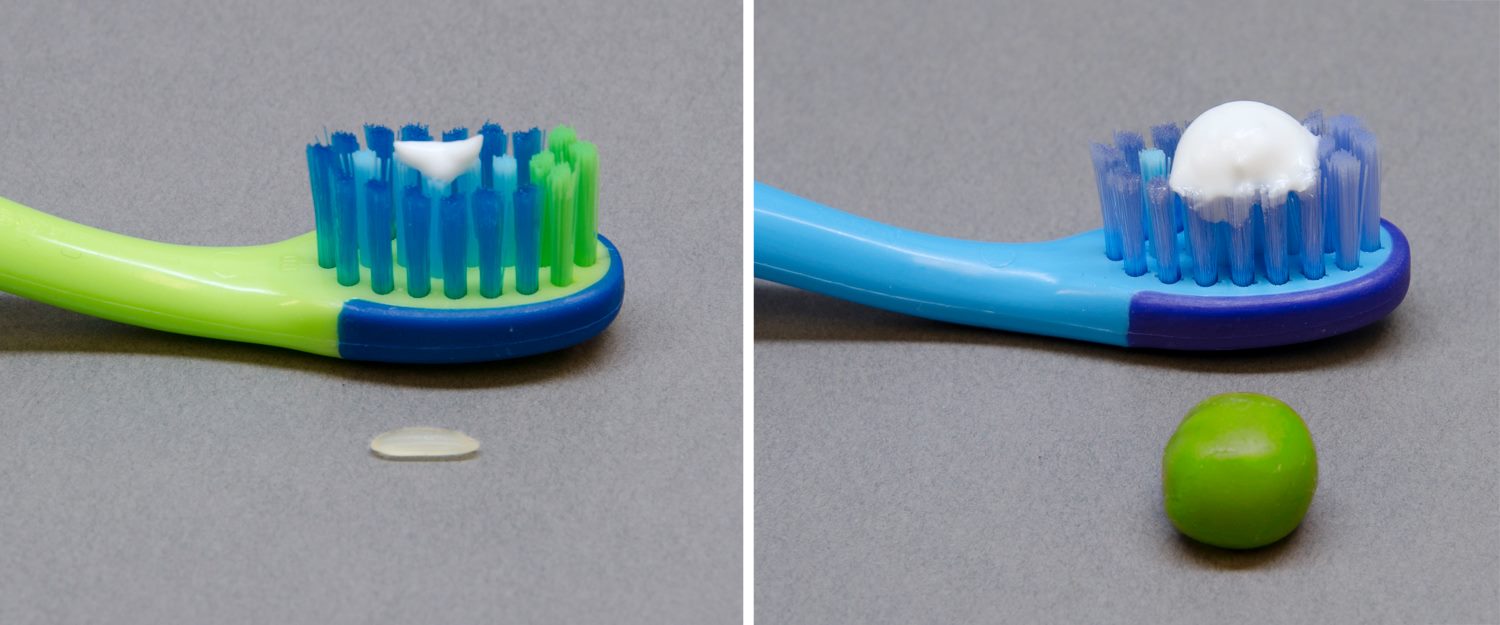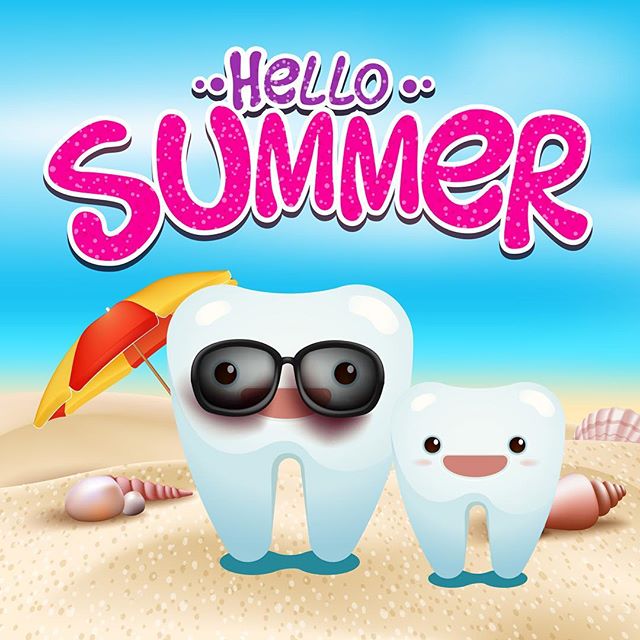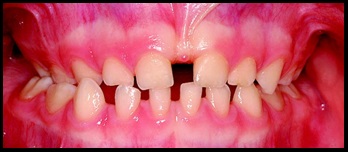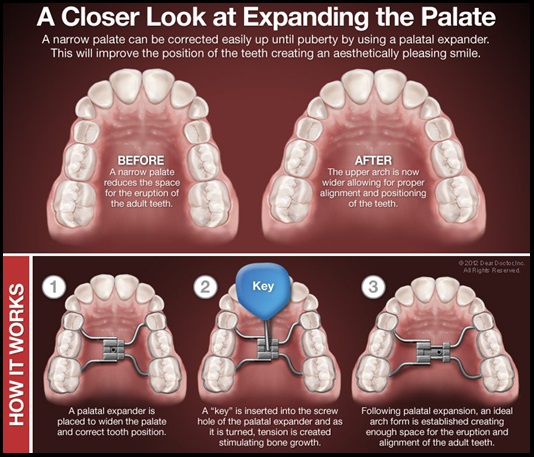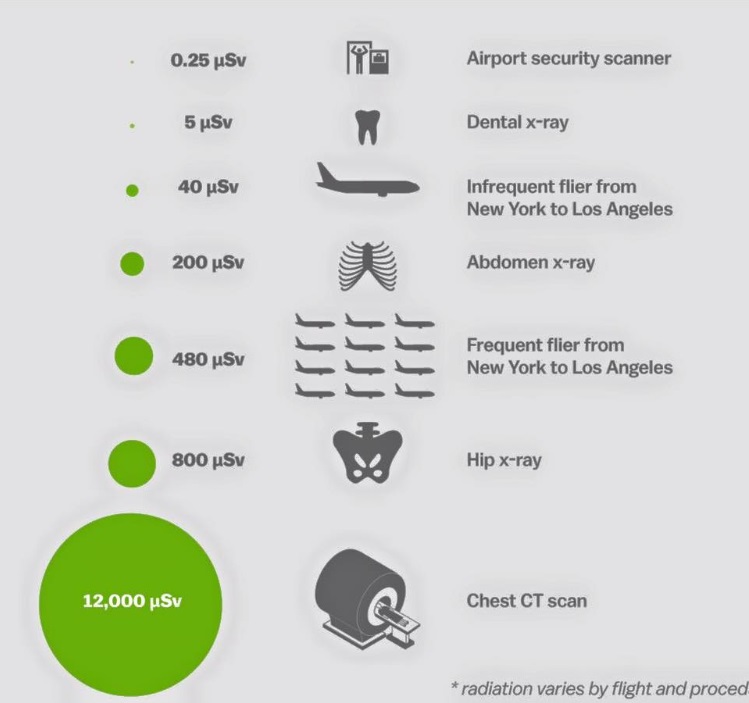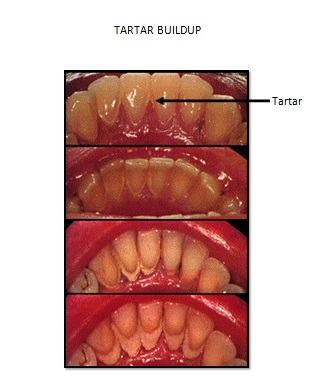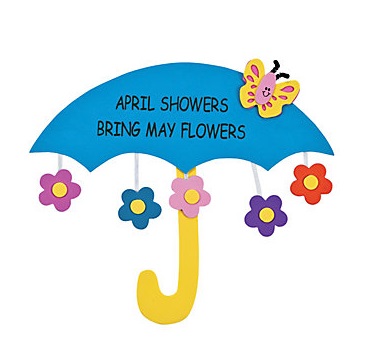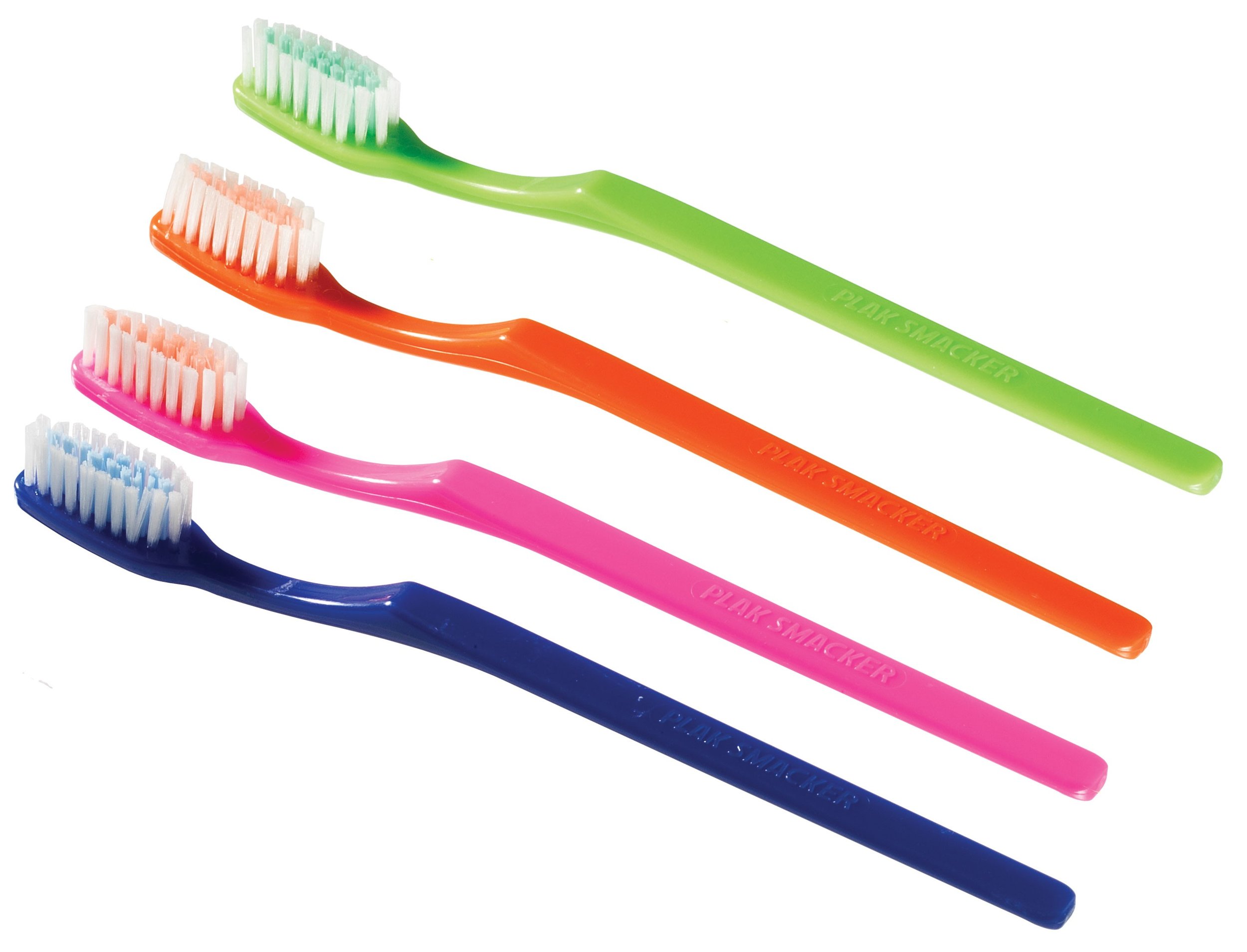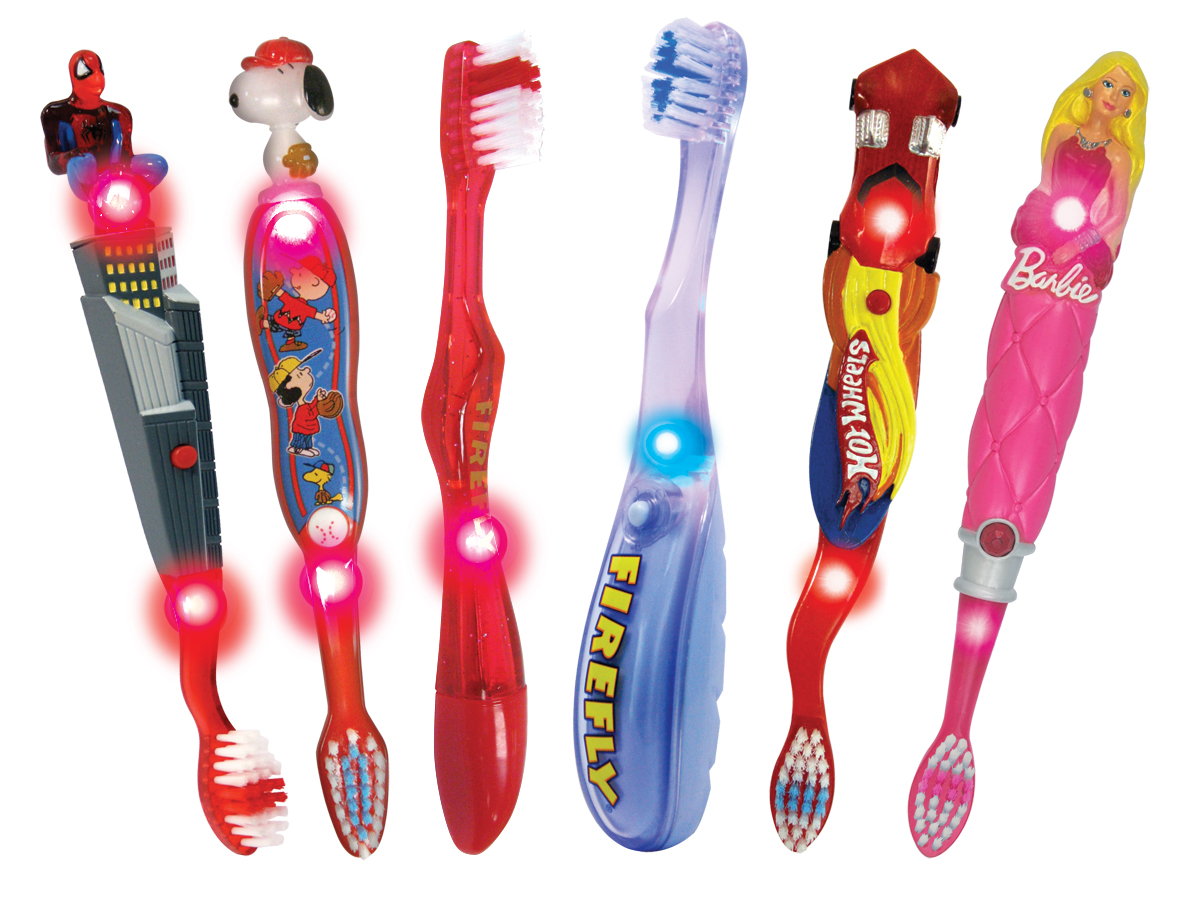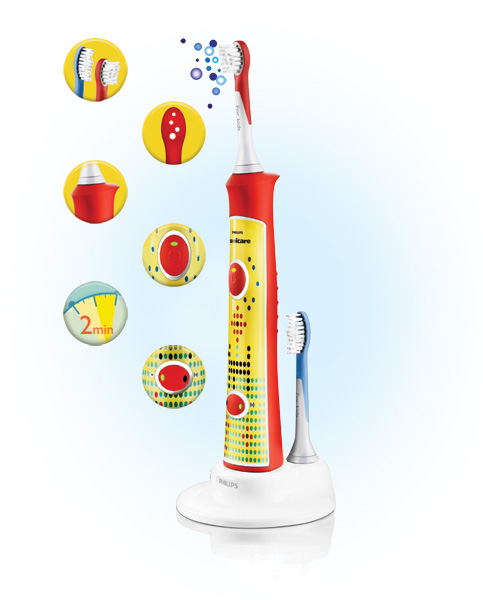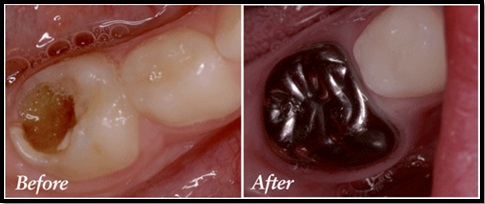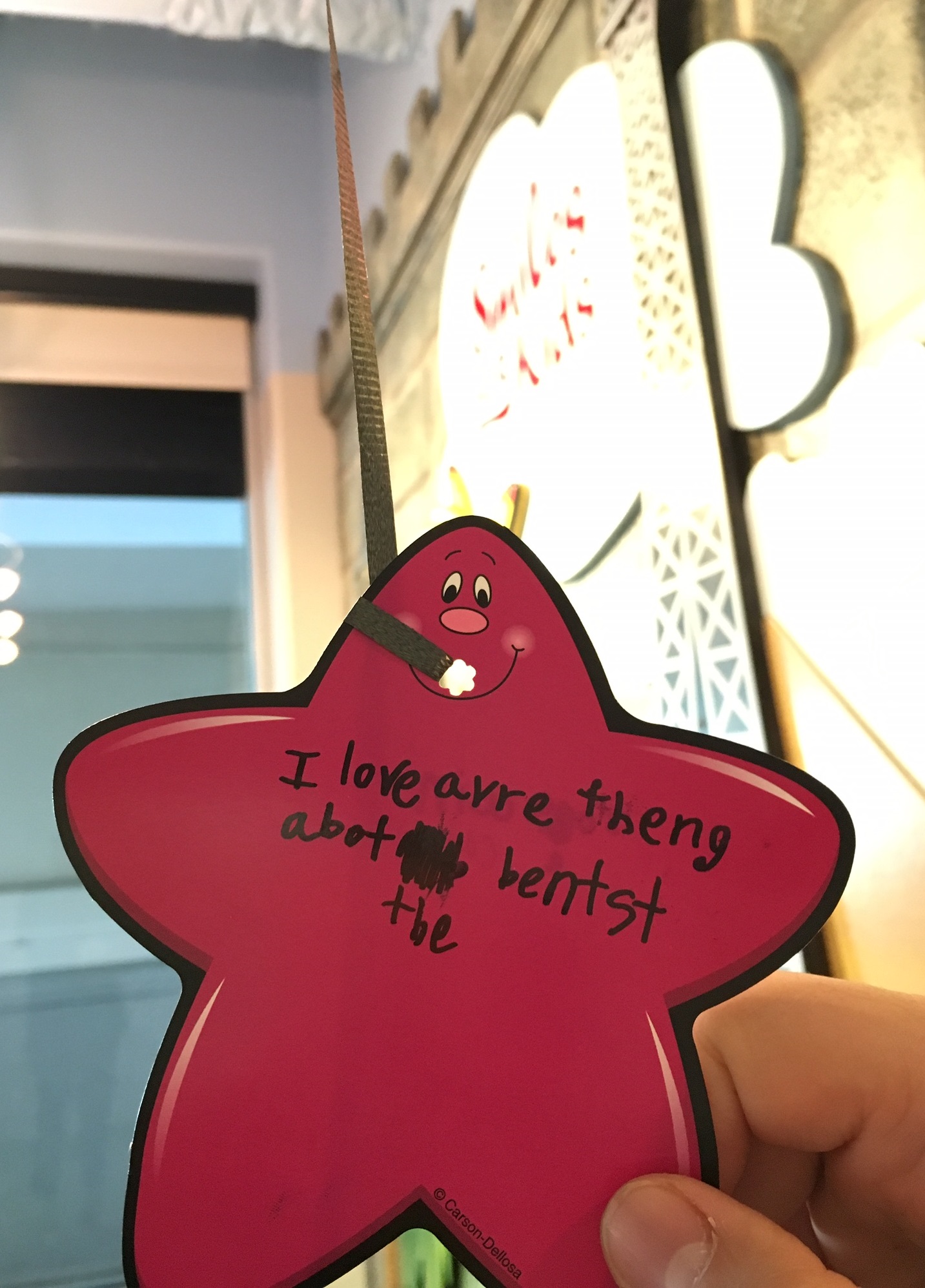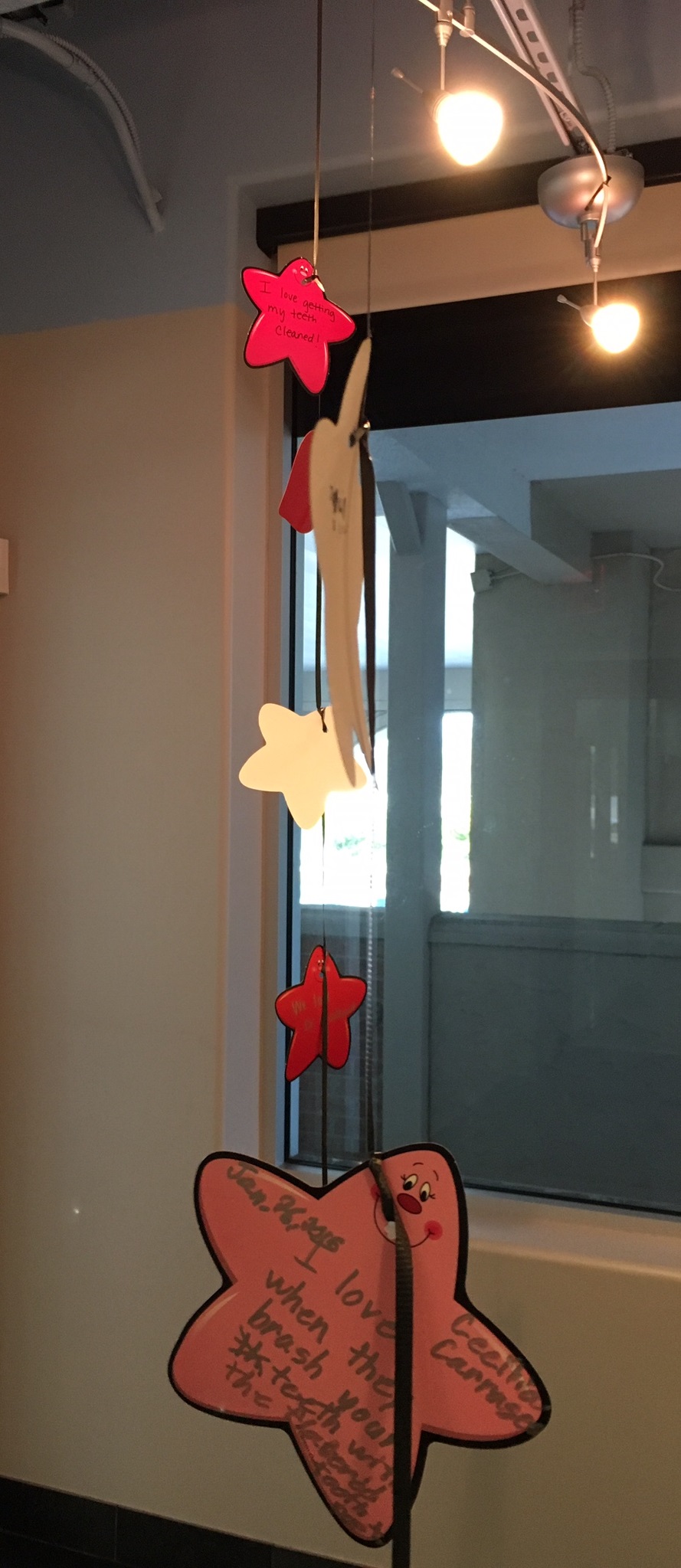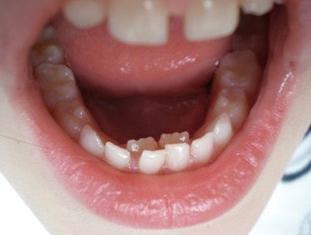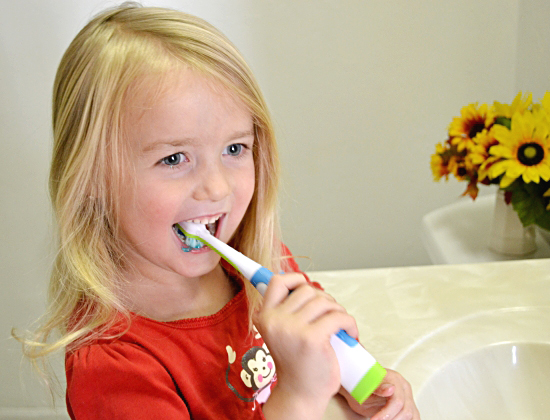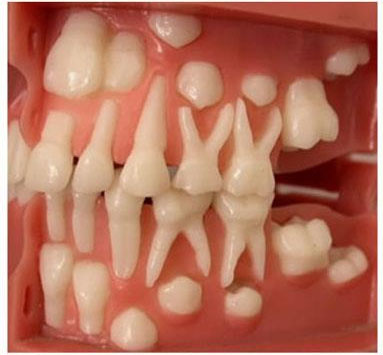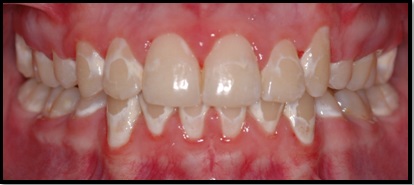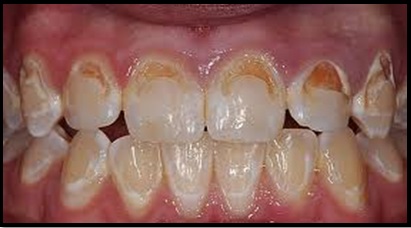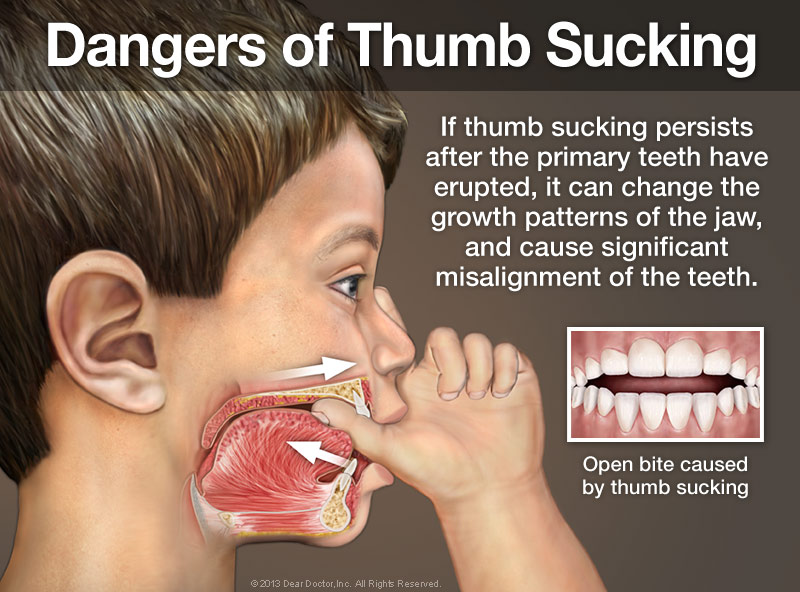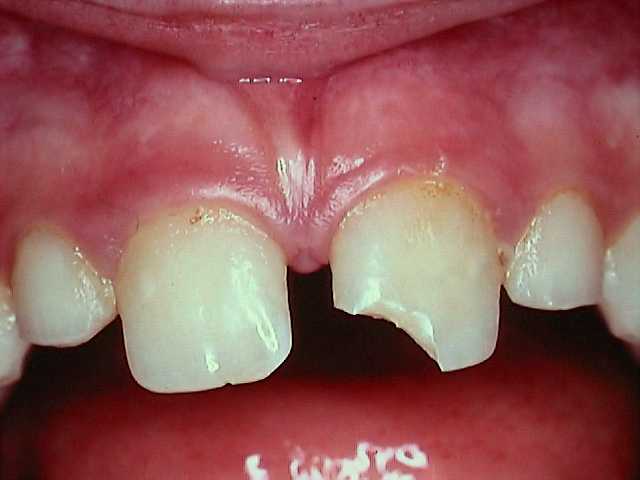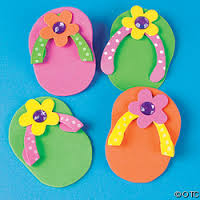When will my child get his or her first tooth?
/That is a question that many parents will ask us at Smiles for Kids Pediatric Dentistry and very understandably so. It is quite the milestone!
The first teeth to come in are usually the lower two teeth in front. The average age is six months old. However, there is a range for when these new teeth erupt. Some kids will get them as early as few months old and some as late as after the first birthday.
You may first notice a bump or thickening of the gums in the area. Then, as the tooth erupts, it’s normal for the gums around the new tooth to still look a bit swollen. During this time, it is very important to start brushing the tooth. This helps clear food and bacteria from the area and helps that swelling decrease. Dr. Lindhorst and Dr. Jadav recommend brushing your child’s teeth once you see that very first tooth coming through. The last thing we want in your child’s mouth before bed is his or her toothbrush. This helps keep the mouth clean overnight and cavity-free!
During this time, it’s also normal to notice an increase in drooling and biting on objects. Parents often ask us about using gels to help numb the area. We don’t recommend numbing gels in babies this age due to safety concerns. Cooled teethers really help soothe those aching gums.
The American Academy of Pediatric Dentistry recommends that children come in for the first dental visit six months after getting his or her first tooth or by the first birthday (whichever comes first). We’re looking forward to seeing your little one for his or her first visit so we can talk more about an individualized preventative plan, diet, how the teeth fit together, techniques on brushing, what to expect with teething, general developmental changes and more. Please give us a call at (713) 461-1509 if you have any questions or concerns.
Dr. Jadav
Smiles for Kids Pediatric Dentistry
